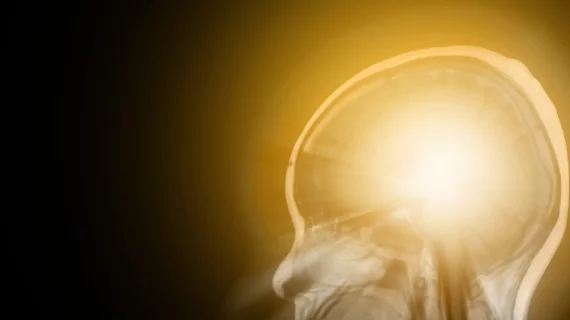MRI markers of vascular brain injury associated with higher risk of stroke, dementia
Elderly patients with vascular brain injury (VBI) who carry MRI markers including, white matter hyperintensities of presumed vascular origin, MRI–defined covert brain infarcts, cerebral microbleeds and perivascular spaces have an increased risk of stroke, dementia and death, according to new research published Oct. 22 in JAMA Neurology.
Researchers led by Stéphanie Debette, MD, PhD, neurologist and professor of epidemiology at the University of Bordeaux in France, and colleagues found their findings revealed a need for randomized clinical trials to assess the benefit-risk ratio of prevention strategies for VBI patients as they may increase risk.
“Better understanding of the association of specific MRI markers of VBI with outcomes is crucial to optimize prevention strategies,” Debette et al. wrote. “Indeed, detection of covert VBI on MRI may provide a unique opportunity to prevent the occurrence of stroke and dementia, the two most common age-related neurological diseases, representing a major source of disability and mortality.”
For their analysis, the researchers evaluated PubMed articles published between 1966 and December 17, 2017 that studied the relationship between the four MRI markers of VBI with the incidence of hemorrhagic and ischemic stroke, dementia and Alzheimer's disease or death.
A total of 94 studies were deemed eligible which included up to 14,529 participants with white matter hyperintensities, 16,012 participants with brain infarcts, 15,693 participants with cerebral microbleeds and 4,587 participants with perivascular spaces, according to the researchers.
Extensive white matter hyperintensities, brain infarcts and cerebral microbleeds were associated with an increased risk of stroke and death and an increased risk of dementia for extensive white matter hyperintensities. The researchers suggested further research be conducted to explore the clinical significance of high perivascular spaces as only five longitudinal studies were identified.
The researchers noted their study ultimately points to a greater need for evaluating prevention strategies and therapies—such as antiplatelet agents like aspirin and blood pressure medication—which could contribute to increased risk for VBI patients.

